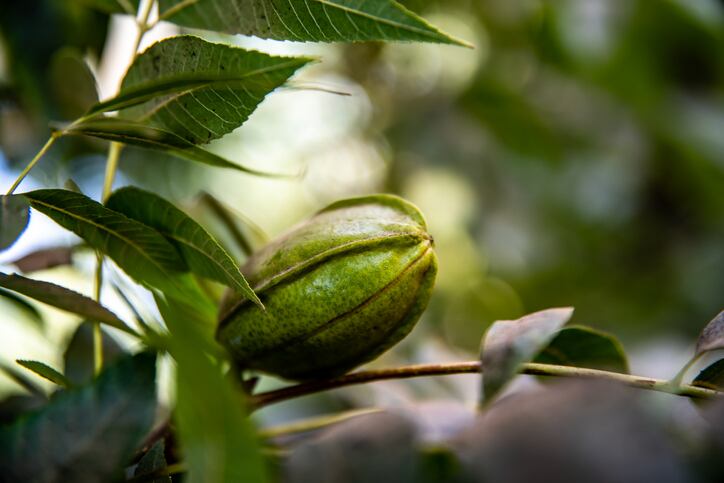Shea growers in Africa are celebrating after Dutch supplier Bunge Loders Croklaan received approval from the US Food and Drug Administration for its new cocoa butter extracted from the nut of the shea tree.
The new market could potentially boost West African shea exports to the US by an estimated 13,480 million tonnes annually and generate US $8,519,432 additional income per year for West African economies, according to the Global Shea Alliance.
GSA President Simballa Sylla said: “Our members are creating new export markets that are critical to the advancement of the shea industry. We are thrilled the US is welcoming shea ingredients to improve so many different consumer products.”
In 1998, the first shea food ingredient known as ‘sheanut oil’ was recognised as a GRAS ingredient in the U.S. The ingredient, however, is only permissible in confections and frostings, coatings of soft candy, and sweet sauces and toppings. Today, according to GSA estimates, the US shea market consumes approximately 17,500 MT of shea (kernel equivalent) annually in both the food and personal care sectors.
BLC’s latest offering, and the second GRAS (Generally Recognized as Safe) recognised that shea ingredient allows manufacturers the ability to incorporate this new shea ingredient into many applications. According to the GSA, this new shea ingredient will help enhance the texture, stability, and melting points of a variety of packaged goods including cookies, croissants, croissants, margarines, mayonnaise, salad dressing, snack bars, nut and seed butters, and candy bars.
The GSA added that shea is regarded as a highly healthy oil, and which can be used in conventional foods as a replacement for animal fats and vegetable fats rich in palmitic, myristic and lauric fatty acids.
Europe is currently the largest producer of shea-based ingredients used in chocolate and hence the largest importer of shea. According to the GSA, around 250,000 tonnes of shea products are imported into Europe each year.
According to the GSA’s ‘conservative’ estimates, the U.S. will consume 5,931 MT per year of the shea ingredient worth an estimated $14,828,125. The new U.S. market could expand shea exports by 13,480 MT annually creating an economic impact in West Africa of $8,519,432 per year. Even on a conservative basis, this new market will increase shea trade with the U.S. by 77% from current levels, the GSA said.
Shea and sustainability
Nearly 2 billion shea trees grow naturally on parklands in 21 African countries in the ‘shea belt’ stretching from Senegal to South Sudan. Sixteen million women living in rural communities individually collect the fresh fruits and the kernel is processed to extract a vegetable oil known as ‘shea butter’.
With approximately 800,000 tonnes collected each year, the industry provides a critical source of jobs and incomes to often poor and underserved communities.
It is also claimed shea, which requires no fertilizers or pesticides to cultivate, also has enormous potential to mitigate climate change in West Africa. A recent GSA and United Nations Food and Agricultural study found that the shea value chain fixes 1.5 million tonnes of CO2 each year. Relative to production volumes, every ton of shea kernel produced has a negative carbon footprint of 1.04 tons of CO2.
Rafael Zegarra, BLC Global Marketing Director, told FoodNavigator that the company was attracted to shea’s positive sustainability story and is hoping to have a positive impact on the lives of those collecting the shea in Ghana.
"The uniqueness of shea is that very few crops at this moment can say that they are still picked in the wild and we have no plans to do it by any other means.”


